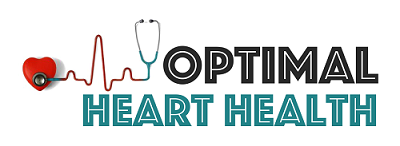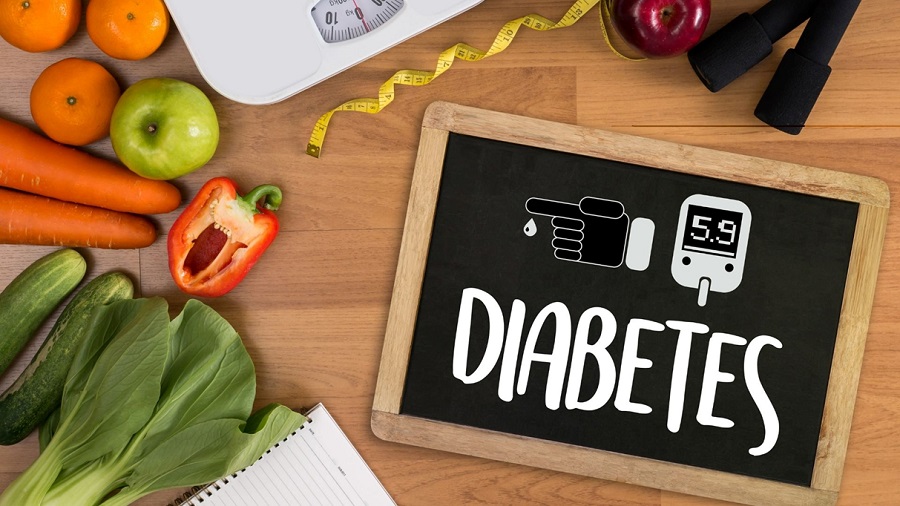You may not know the connection between your gallbladder and diabetes, but there is one. In this article, we will discuss the link between the two and much more. Read on to learn more!
What is diabetes?
Diabetes is a disease in which the body does not make insulin or enough insulin, and as a result, it cannot properly use glucose (sugar) for energy. There are two main types of diabetes: type 1 and type 2. Type 1 diabetes was known as juvenile-onset diabetes until several years ago when it began occurring more frequently in adults. Type 2 diabetes was once known as adult-onset diabetes, but rising rates of obesity and lack of exercise have led to a dramatic increase in the number of children and teenagers with this form of the disease.
Symptoms of gallbladder problems
Gallstones are not the only cause of pain associated with gallbladder disease; sometimes, the gallbladder wall becomes thickened or inflamed. When this happens, it can feel as though your pain is coming from under your ribs on the right side of your body. The pain may be worse when you eat fatty foods because they stimulate the release of bile which contains high levels of cholesterol and saturated fats.
You may also like: What to Eat & What To Avoid After Gallbladder Surgery.
Link between diabetes and gallbladder problems
Both conditions can cause similar symptoms if they are not diagnosed and treated early. Obesity may play a role in the development of both conditions. It is important to have regular check-ups for early detection of gallbladder disease in people with diabetes because your risk for gallstones increases as you get older.4. Treatment for both conditions
The main treatment for gallbladder disease is to remove the gallbladder; a procedure called a cholecystectomy. This allows bile to flow directly from your liver into your small intestine, where it can be used for digestion. If you are diagnosed with gallstones prior to pregnancy, doctors may recommend that your gallbladder be removed before you become pregnant to avoid complications.
Prevention methods for both conditions
Exercise can help lower blood glucose levels and reduce the risk of obesity, which may improve or protect against gallstones. If you have been diagnosed with diabetes, it is important to maintain a healthy diet and stay active to keep your blood sugar levels in check and reduce the risk of gallstones.
If you have diabetes, you should know the symptoms of gallbladder problems and how they can be detected early to prevent complications associated with both conditions. If you experience symptoms such as pain in your stomach area, bloating, sweating, and nausea after eating fatty foods, then consult a doctor who can help diagnose and treat gallstones like getting a Laparoscopic Gallbladder Surgery in Baltimore.
If you have diabetes, the risk of developing gallstones increases over time, so it is important to visit a doctor regularly for check-ups. Suppose you have been diagnosed with both conditions. In that case, your doctor will recommend treatments such as medications and diet changes that may improve your symptoms and protect against complications from both conditions.


